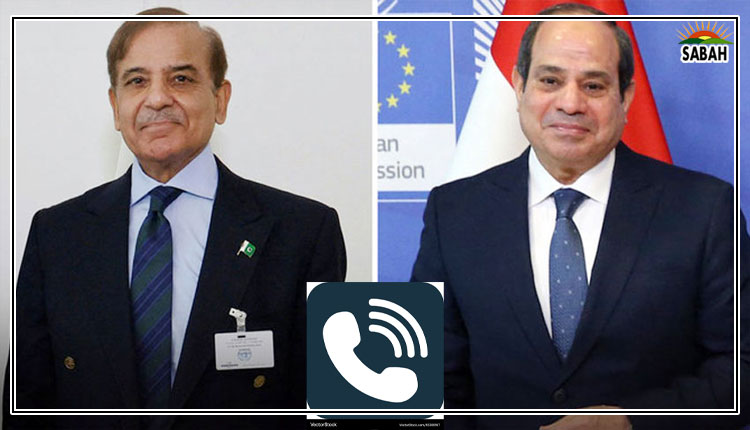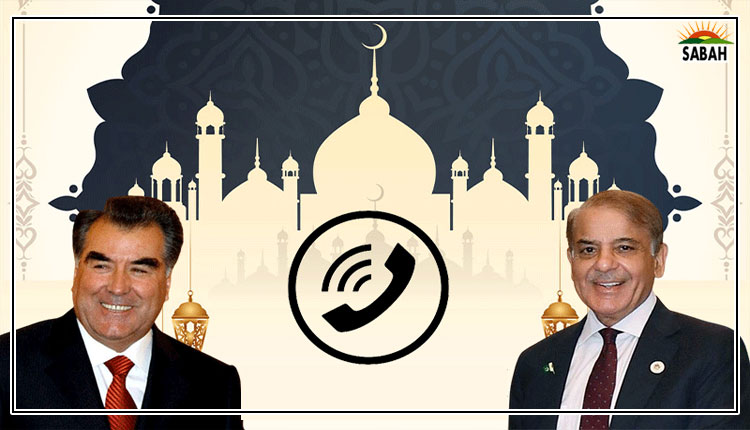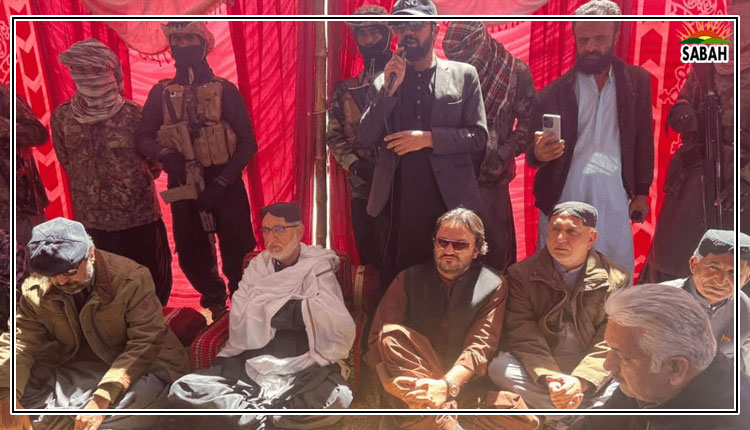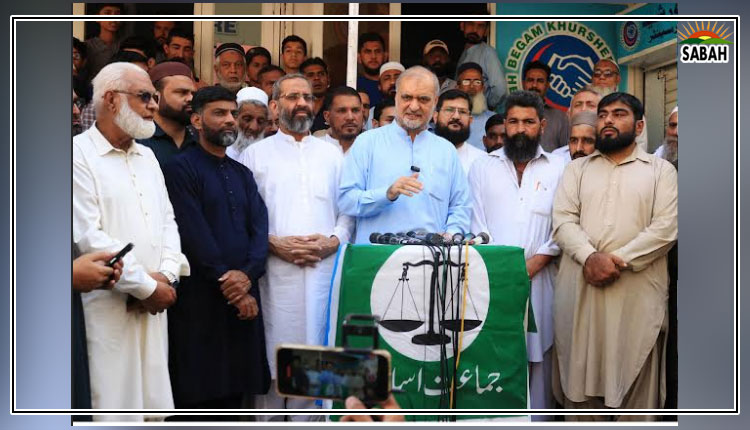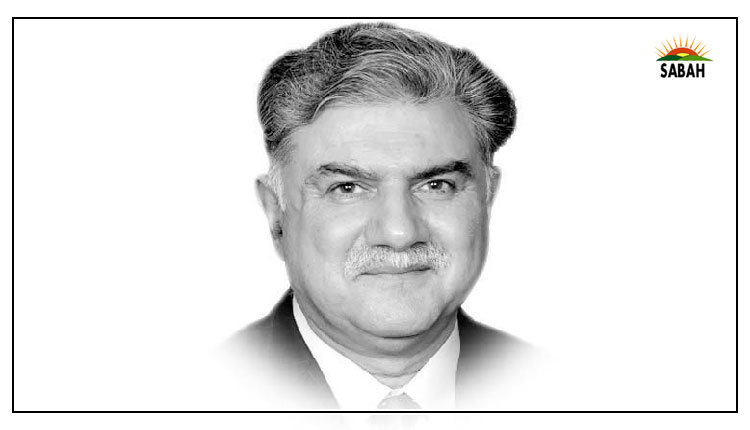Doha Agreement, US policy and the failure of ANDSF…. Inam Ul Haque
We continue the debate in the light of February 2023 report by SIGAR (Special Inspector General for Afghanistan Reconstruction), a US government entity, about the reasons for collapse of Afghan National Defence and Security Forces (ANDSF) in August 2022. We would now try to find the factors behind the saga.
SIGAR cites six short-term and eight systemic factors responsible for the collapse of ANDSF. Some outline detail was covered earlier on 30 March 2023. SIGAR cites three decisions by the US Administrations as mainly responsible for the breakdown of ANDSF cohesion. First, the 2009 troop surge by Obama Administration, followed by transfer of security responsibility across Afghanistan to an ill-prepared ANDSF beginning in 2011: leading to withdrawal of US/Allied Forces by 2014, commencing 2012, and changing ISAF mission into Resolute Support. Second, signing of Doha Agreement by Trump Presidency in 2020, committing to withdraw remaining troops and contractors by May 2021. Third, President Bidens review of Doha Agreement, and decision to pull out completely, pushing the withdrawal deadline to September 11, 2021, instead. At the time, other conditionalities like an intra-Afghan dialogue under the Agreement, had not been met.
As a short-term factor, Doha Agreement was the most significant, as it gave a clear psychological signaling to Ashraf Ghani regime and ANDSF that America and its Allies were getting out of Afghanistan. Foreign troops still protected ANDSF against large-scale losses, besides supporting it with critical force multipliers like logistics, air support, etc. The withdrawal was abrupt and uncoordinated as Bagram Airfield, for instance, was evacuated in the middle of the night in July 2021 without notifying the Afghan base commander. The perception of the late-night departure had a demoralising effect on Afghan soldiers. ANDSF concluded they were on their own now, abandoned by the Superpower and its powerful allies.
Most Afghan leaders, and even some in the USMIL and CIA wanted and believed that the US either would not completely leave; or it would not be able to do so, as Afghanistan was too strategically important; or that withdrawal would be condition-based and not calendar-based. They also relied upon the US-Afghan Bilateral Security Agreement (BSA) signed by Ghani Administration in 2014. President Ghanis query whether Doha Agreement overrode BSA was never clearly answered by the US.
President Ghani, on his part, thought the US would, at least, continue to prevent the fall of provincial capitals like it did to recapture Kunduz (2015) and Ghazni City (2018). Afghan leaders continued to miss signals from three consecutive US Administrations. However, to be fair, this was not without reason, as the US on several occasions failed to follow through on its intention to withdraw completely.
Doha Agreement also altered the Afghan security calculus. Departure of the paymaster, the specter of a resurgent Taliban, and the sense of abandonment fed into the Afghan instinct of self-preservation and opportunism by changing sides in such like situations. Col Warburton (1842-1899), an Anglo-Afghan soldier and British Political Agent, on the eve of 2nd Afghan War (1878-80), asked an Afridi jirga in Khyber which side they would intercede the Afghan King or the British India. Afridi Maliks chuckled, pointed to the nearest mountain top and said they would sit there, watch both sides fight and then join the winning side. Post Doha, most Afghans started casting their lot with the Taliban.
There were other factors also at work, as relative security in the Taliban-controlled areas was better than in the government-controlled areas due to spike in Taliban operations against Afghan forces after the Agreement. The 5,000 or so freed Taliban rank and file, released under the Agreement, buttressed the IEA ranks in the field, ignoring signed pledges.
ANDSF cadre was also exposed to taunts for being cronies of foreign powers, defending a corrupt regime and fighting liberators of Afghanistan (IEA) against the spirit of holy jihad. In rural Afghanistan, Taliban were perceived as holy warriors (mujahids) living a life of heroism and sacrifice. The fact that Talibans spiritual leader Moulvi Haibatullah Akhundzadas own son was suicide bomber, was a powerful inspiration and leadership by example. Afghan government never came up with a more powerful and convincing counter-narrative.
As compared to ethnically diverse ANDSF, Taliban were ethnically more cohesive with brothers, cousins and uncles fighting side-by-side bolstering morale. Raising a security force from scratch, infusing group solidarity and spirit-de-corps through traditions is a time-taking process and ANDSF never had the luxury of that kind of time. One remembers Gen Ashfaque Parvez Kiyani emphasising this point to US/NATO interlocutors.
Secrecy surrounding certain annexures of the Agreement, and Talibans verbal agreements, like not attacking major cities and diplomatic facilities, further amplified confusion and disinformation in the Afghan government and ANDSF. Kabul was factually out of the loop during the US-IEA parleys in Doha, and the US side never clearly explained policy changes to Ghani Administration or the Afghan Military.
The other short-term factor was aid cut-off to ANDSF sequel to Doha Agreement. Force multipliers like close air support fell by 78% to only 1,631 sorties in 2020. Taliban attackers had to be within 150 meters to qualify ANDSF for close air support. The US pressured Afghan government to scale back offensive operations, resulting in active defence posture when IEA forces marched on Kabul. ANDSFs defensive mindset helped IEA to gain and retain initiative through scaled-up operations.
Third aspect remained ANDSFs self-sustainment problems. In mirror-imaging the ANDSF to USMIL during raising and training, Air Force (AAF) and Special Forces, though most effective, were made heavily depended on US combat enablersperhaps by design. ANDSF dependencies were in resource management, maintenance and military leadership. Army Chief, Gen Haibatullah Alizai was clueless about ANDSF supply and stocks, as Afghans had minimal access to the US-designed inventory management system (CorelMS). Once the contractors withdrew in the Summer 2021, Afghans could not access the inventory data.
Next week we would dilate on the ANDSF logistics and reliance on contractor support which, when cut consequent to the US policy in the aftermath of Doha Agreement, crippled a force that was too dependent on its foreign interlocutors. The sad story continues.
Courtesy The Express Tribune, April 13th, 2023.


